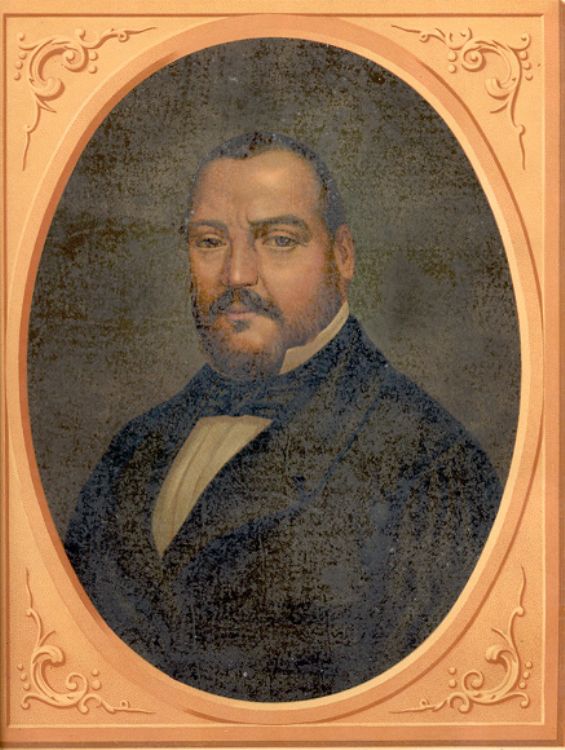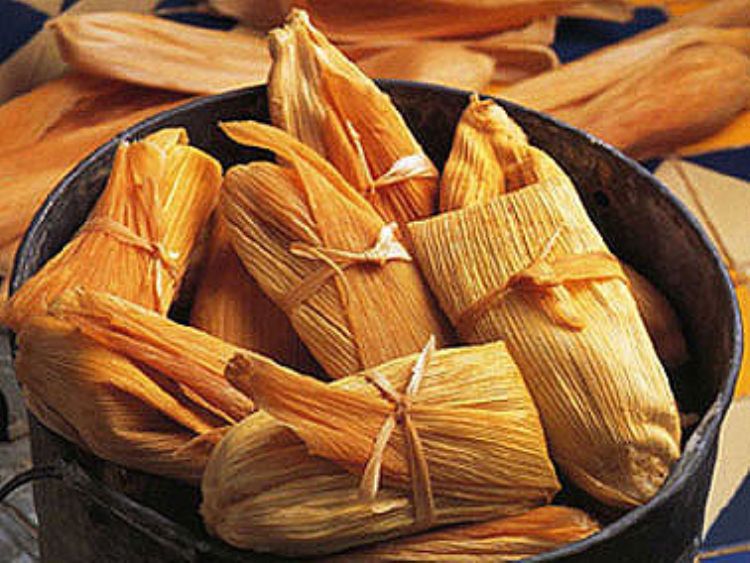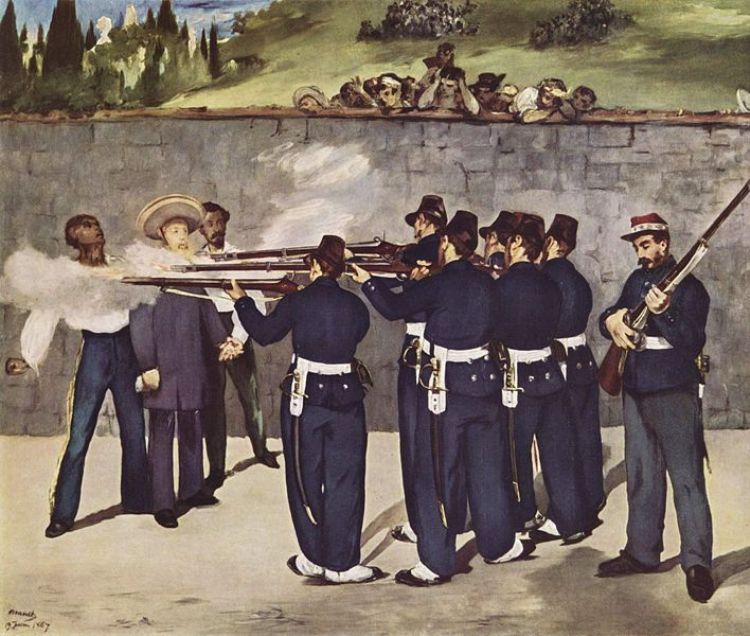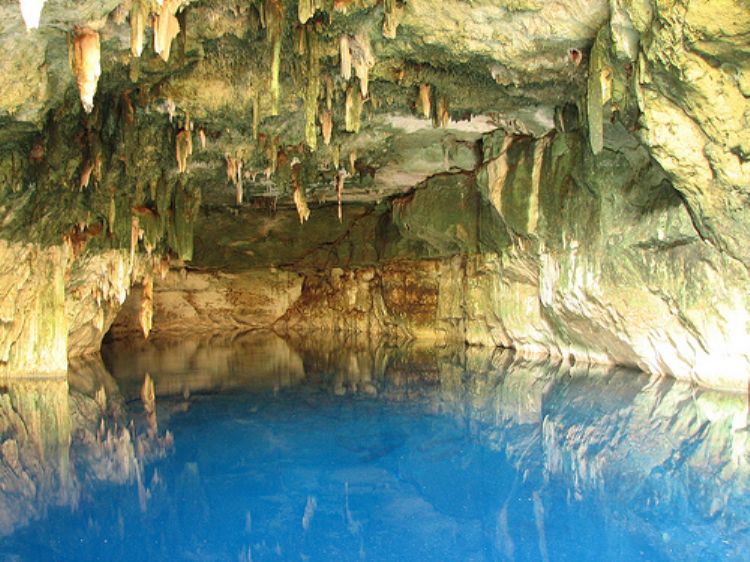.jpg)
One of UNESCOâs goals is for men and women to have spir...

According to archeological records, the native inhabitants of the present-day state of Sinaloa belonged to the pre-Hispanic Mesoamerican culture, which extended throughout Central America and as far north as these territories of modern Mexico.
The features of the natives, shared with those who resided in the state of Nayarit, indicate that the Sinaloa municipality of Guasave was in fact the northern frontier of what is usually referred to as Mesoamerica. Thus, the communities settled on these territories represented in fact the point of contact with tribes from further north.
The oldest settlement found is located in the current region of Chametla, and its existence is dated around the year 300 of our time, a community that already buried its dead in cemeteries , and was dedicated to the fishing activity and to an agriculture developed on terraces close to the shores.
Six hundred years later, a more refined culture which practiced hunting and pottery, and which dressed with cotton and suede, inhabited the present-day Culiacan territories. The main tools used by these communities were the bow and arrow, as well as the shield and a local artifact made from tropical plants called the macana. These people had the particular custom of placing their dead inside large clay pots.
Between the years 700 and 1,200 of our time, the culture of the so-called Aztatlan compound flourished in Nayarit and Guasave, leaving traces of clay ceramics and pottery made from other materials such as onyx, mud and alabaster.
Upon the decline of this culture, the Totorames natives settled in Aaztatlan. This was a sedentary group which practiced fishing, agriculture, and collected salt for its domestic use and for trading purposes as well. Skilled craftsmen, they fabricated objects with pearls, feathers and shells. However, very little is known about their apparently simple political organization and nothing about their spiritual practices.
By the same time, Culiacan was inhabited by the Tahue culture, which was organized in neighborhoods or districts and inherited social and economic powers. Just as the Totorames, they practiced fishing, agriculture, gathered fruits and salt, made pottery objects and were non-violent.
Other tribes included the Cahitas, Guasaves, Achures, Acaxees and Xiximes, the latter two resided in the sierra.
In the year 1529, after founding the current states of Michoacan, Jalisco and Nayarit, Nuno de Guzman decides to head towards the northeast of the country. Arriving at Sinaloa, he begins the traditional reconnaissance trip across every one of the large indigenous towns in search of a place for the founding of the Spanish villa, San Miguel in this case, the locality from which the new rulers would control the whole area. Actually, the initial location of the villa did not last very long and it was soon relocated to the territories of the present capital city of Culiacan.
Despite the high hopes and expectations the Spanish had about this land, enough to conform yet another New Spain, things turned out quite differently.
One of the first and biggest obstacles they had to face and overcome was the disease the colonizers spread among the natives, by then defenseless against foreign viruses.
So, between the years of 1535 and 1536, the Totorames and Cahues saw their population falling a mind-blowing 90%, near extinction. This brought about a consequent and critical lack of labor force to develop and consolidate the Spanish settlements, and eventually the state of Sinaloa was reduced by the XVI century to a few poor and isolated communities.
As independence loomed over Mexican soil, the "distinguished" families of Spanish descent in Sinaloa and the neighboring state of Sonora, which already enjoyed many privileges and controlled the land, were benefited even further, as the new and independent government representing a new nation was evidently weak and could not
take hold of this northern states, so the upper classes had total control over the political and economic life of both states. In the year 1824, Sinaloa and Sonora are officially joined into the "Estado Interno de Occidente", or the Western In-land State.
From the middle of the XIX century, the war between liberals and conservatives brought about an even larger change within Mexican society. Finally, as the principles of the "Ayutla Plan" were applied at the beginning of the period of liberal president Juan Alvarez, the power of the "distinguished" Spanish-descent families went crumbling down. As the Constitution began ruling the nation in 1857, it actually withdrew the rights of the Catholic Church to own building properties, which prompted the rage from the high ecclesiastical ranks, which pressed the community not to accept such an insult and threatened Mexican society with excommunication.
After the war known as "La Guerra de La Reforma" and during the period of president Benito Juarez, Mexicans had to face yet another invasion, that of the French empire. In was the year of 1864 when Sinaloa governor Antonio Rosales and a local modest army of just 400 soldiers defeated the invading European forces in the battle of San Pedro, a victory still remembered and celebrated. In fact, the south of the state was kept under siege by the French, and terror was still spread across many Sinaloa towns for two more years, until the French emperor decides to withdraw from the country on November 1866.
This latest events gave birth to a strong sense of nationalism throughout the Mexican northwest, as determined and proud inhabitants from Sinaloa and Sonora fought for a common purpose and developed a regional identity proper to this two states, by then rather isolated and "independent" from the life of the young nation.
During the dictatorship of general Porfirio Diaz also known as the "Porfiriato", Sinaloa experienced profound change that in fact gave shape to the current state economy. The close relation and interdependence between two main ports of the Pacific, Mazatlan in Mexico and San Francisco in the United States, actually benefited the state of Sinaloa as the northern neighbors were very interested in the proper functioning and expansion of the Mexican port, a situation that was replicated in the mining industry and railroad network and as such in the general economic growth and development of the state of Sinaloa, as these sectors were also subject to considerable investment coming from across the border.
As of 1934, with the implementation of the Agrarian Reform during the administration of president Lazaro Cardenas, the fields of Sinaloa and specially the large plains, enjoyed a beneficial transformation, as the large estate system known as "Latifundios" was abolished and replaced by collective cooperatives and small private property, which in turn propelled the flowering of the state's agribusiness.
.jpg)
One of UNESCOâs goals is for men and women to have spir...
.jpg)
Without rivaling nature, human beingsâ intelligence, cr...

Mexicoâs War of Reform, also known as the Three Year Wa...

The word tamal has Nahuatl roots and means âwrappedâ....

The French intervention of Mexico by the army of the Seco...

The Popular Revolutionary Army (EPR for its initials in S...


Temazcal is a word of Nahuatl origin formed by temaz â ...
